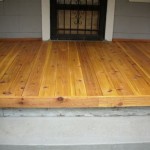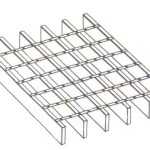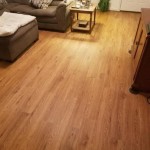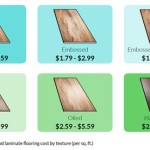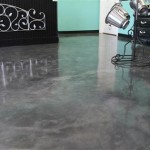Brazilian Walnut Flooring Problems: Understanding and Addressing Common Issues
Brazilian walnut flooring, known for its exceptional beauty and durability, is a popular choice among homeowners. However, like any natural flooring material, it can encounter certain problems that require attention.
In this article, we will explore some of the most common Brazilian walnut flooring problems and provide insights into their causes and potential solutions.
1. Cupping and Crowning
Cupping refers to the edges of the planks curling upwards, while crowning is the opposite, where the center of the planks rises.
Causes:
- Improper moisture balance
- Poorly installed subfloor
- Fluctuations in humidity levels
Solutions:
- Monitor humidity levels and maintain a range of 30-50%
- Ensure proper ventilation to prevent moisture buildup
- If necessary, consider using a humidifier or dehumidifier
2. Gaps and Buckling
Gaps between planks can occur due to shrinkage, while buckling refers to the planks lifting from the subfloor.
Causes:
- Excessive moisture loss
- Improper installation
- Subfloor damage
Solutions:
- Acclimate the flooring planks to the installation environment for several days before installation
- Ensure adequate moisture protection during installation
- Inspect the subfloor for any issues and address them promptly
3. Scratches and Dents
Brazilian walnut is a durable wood, but it can still be scratched or dented by heavy objects or sharp cleats.
Causes:
- Abrasion from furniture or foot traffic
- Impacts from falling objects
Solutions:
- Protect the flooring with rugs or mats in high-traffic areas
- Use felt pads on furniture feet to prevent scratches
- Address dents by gently sanding them out or filling them with a matching wood filler
4. Discoloration
Brazilian walnut can experience discoloration over time, ranging from yellowing to darkening.
Causes:
- Exposure to sunlight
- Contact with water or chemicals
- Natural aging
Solutions:
- Limit exposure to sunlight by using curtains or blinds
- Wipe up any spills immediately
- Consider using a sealant to protect the flooring from moisture and chemicals
5. Mold and Mildew
In areas with high humidity or poor ventilation, Brazilian walnut flooring can become susceptible to mold and mildew growth.
Causes:
- Moisture buildup
- Condensation
- Lack of proper ventilation
Solutions:
- Ensure adequate ventilation
- Control humidity levels
- Clean the flooring regularly and promptly address any moisture issues
By understanding the common problems associated with Brazilian walnut flooring and implementing proper care and maintenance, homeowners can enjoy the beauty and longevity of this exceptional flooring choice.

Brazilian Walnut Wood Floor Water Damage Problem Replace Or Sand

Walnut Flooring Your Ultimate Authority Guide

Walnut Flooring Your Ultimate Authority Guide

5 Ipe Brazilian Walnut Flooring Unfinished Woods Usa

Lumber Liquidators Review

7 Ply Engineered Wood 5 Wide 87 Long Plank Brazilian Walnut Natural
Brazilian Walnut Ipe Flooring

What Is Brazilian Walnut Hardwood Flooring Builddirect Blog

Average Hardwood Flooring S In 2024 Forbes Home

7 Ply Engineered Wood 5 Wide 87 Long Plank Brazilian Walnut Natural
Related Posts


